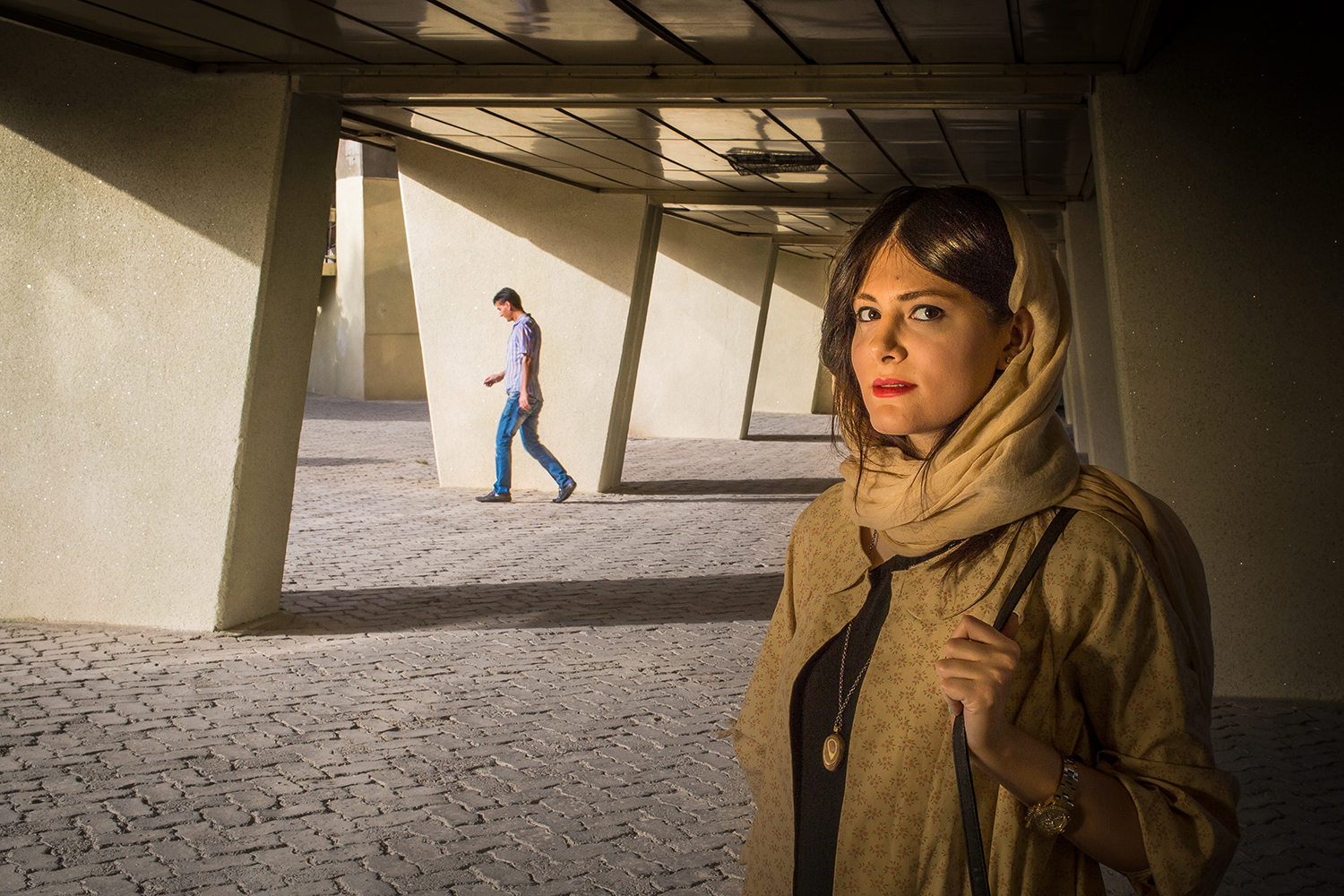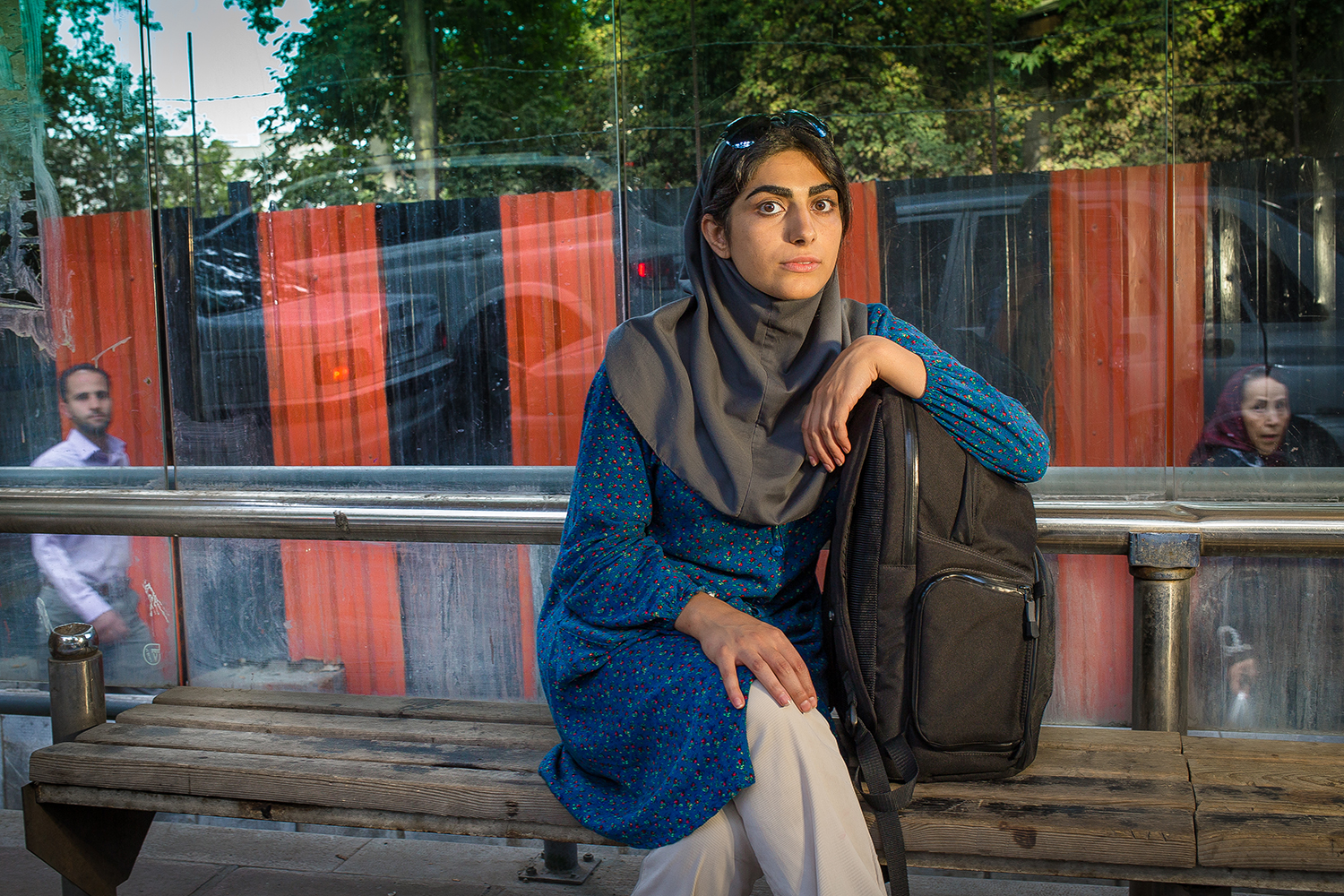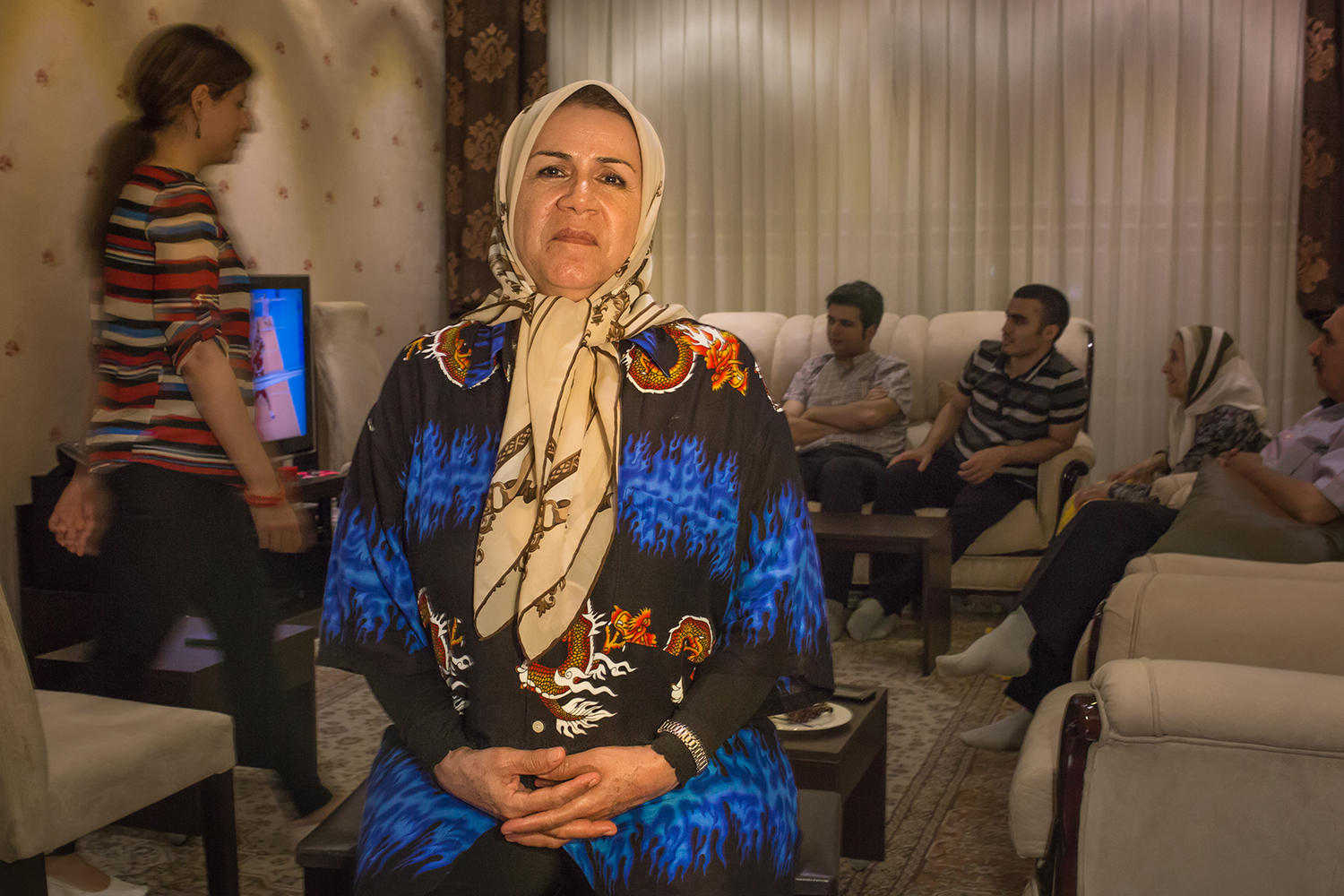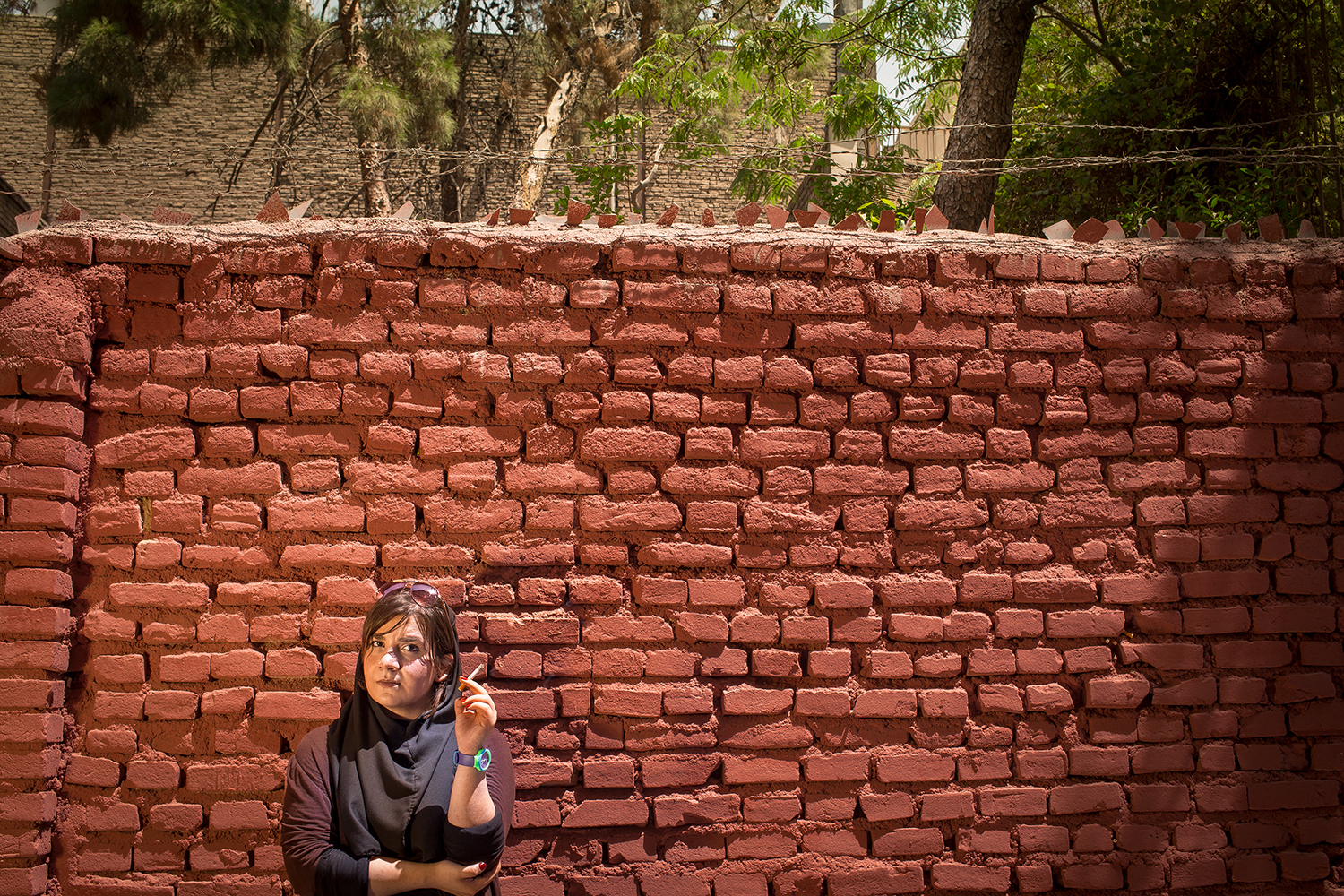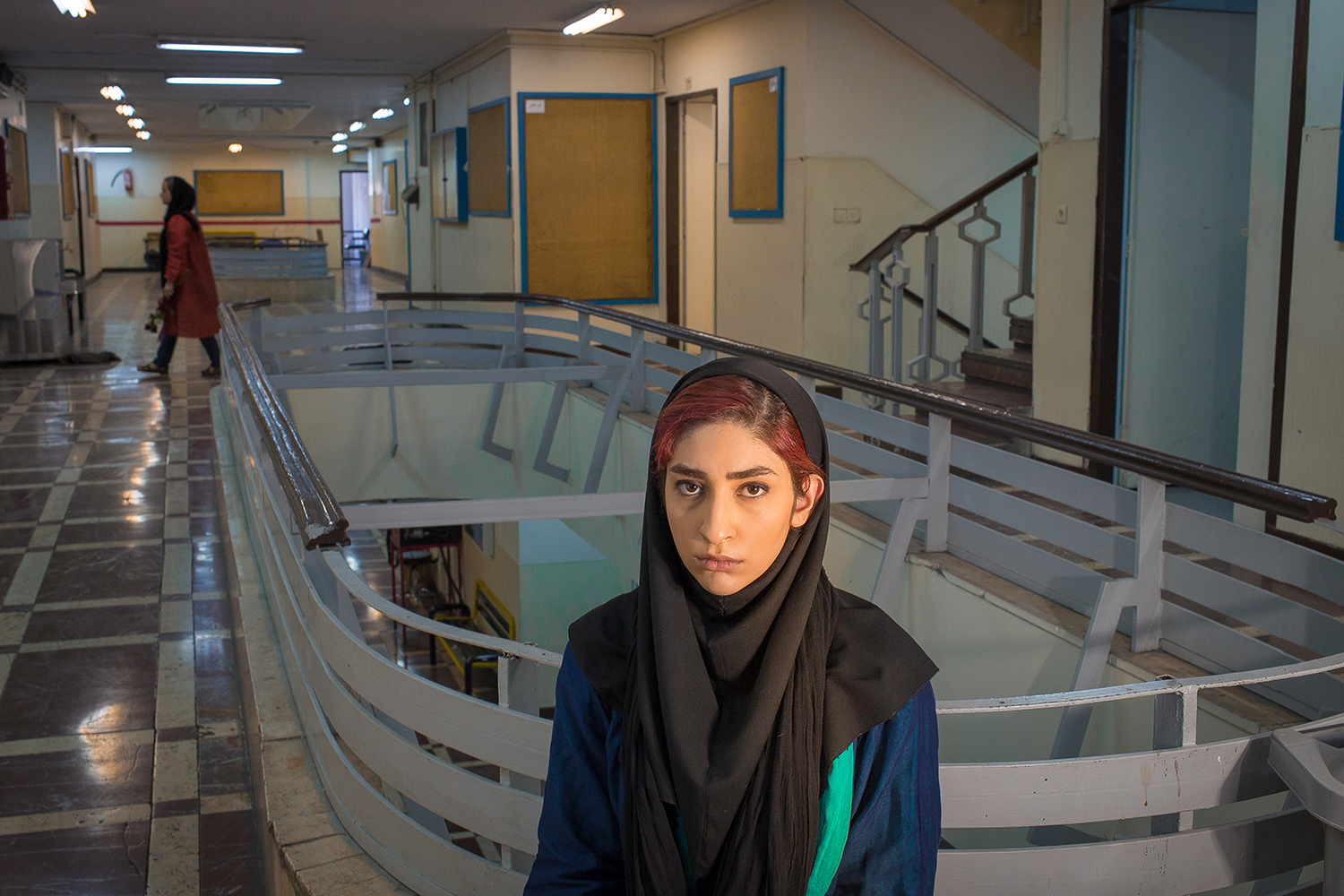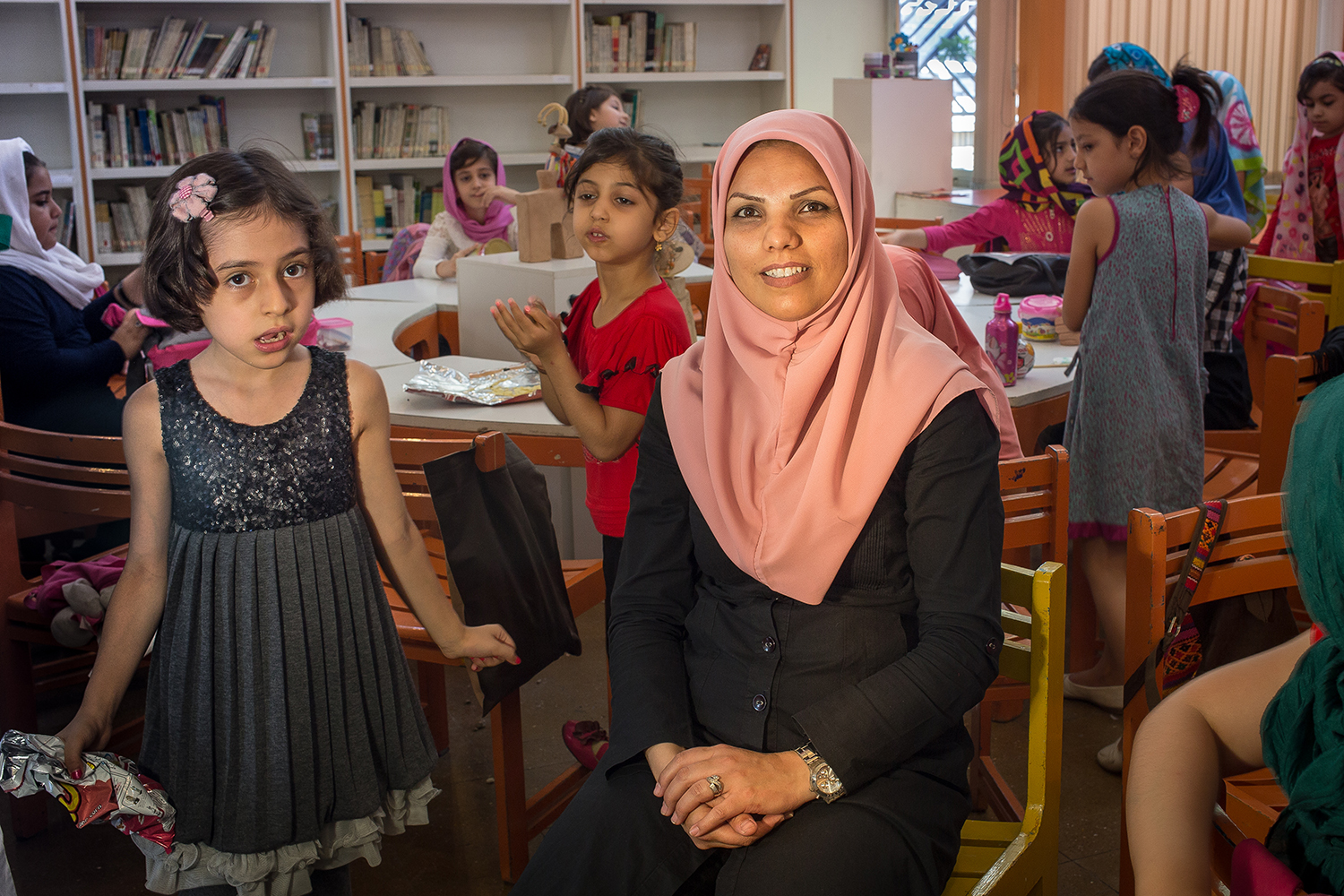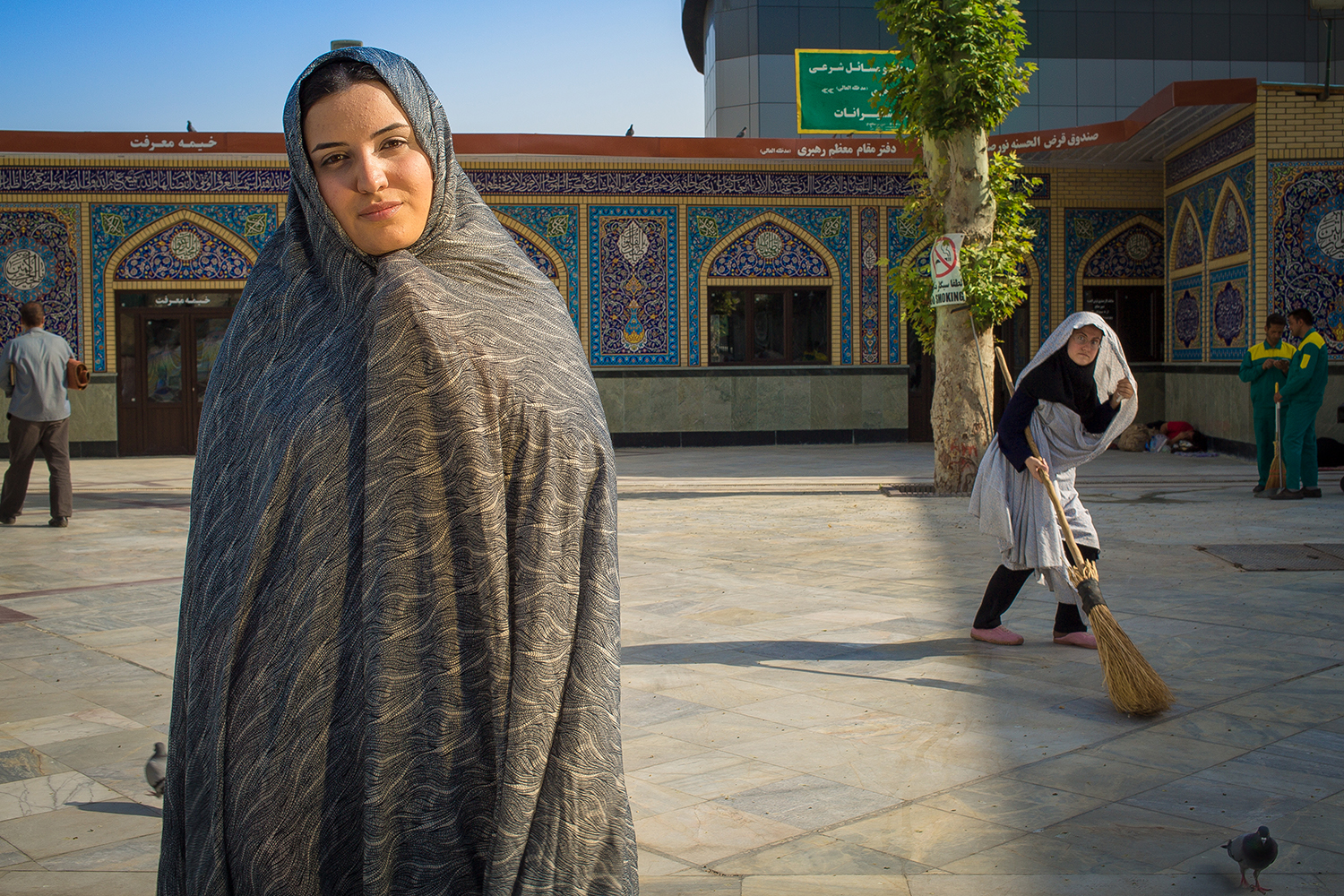The 20th century Pahlavi ruler Reza Shah banned the chador and all hijab in 1936, as incompatible with his modernizing ambitions. According to Mir-Hosseini as cited by El-Guindi, «the police were arresting women who wore the veil and forcibly removing it.» This policy outraged the Shi›a clerics, and ordinary men and women, to whom «appearing in public without their cover was tantamount to nakedness.» Many women refused to leave the house in fear of being assaulted by Reza Shah›s police. During the reign of the last Shah of Iran, such traditional clothing was largely discarded by the wealthier urban upper-class women in favor of modernity for western clothing, although women in small towns and villages continued to wear the chador. Many women do so for several reasons: religious piety, cultural tradition and respectability. The overcoat is known by a French word, manteau. Some women wearing manteaux would also wear them for religious reasons. Niqabs and burqas are highly uncommon in Iran, limited mostly in small Arab and Afghan communities in south and east, respectively. According to the Islamic Penal Code of the Islamic Republic of Iran, «women who appear without the Islamic hijab in the streets and public places will be sentenced to imprisonment or fine.» My project shows women who want to live freely and decide for their own clothing, regardless of religion, society, and the type of job they have.
